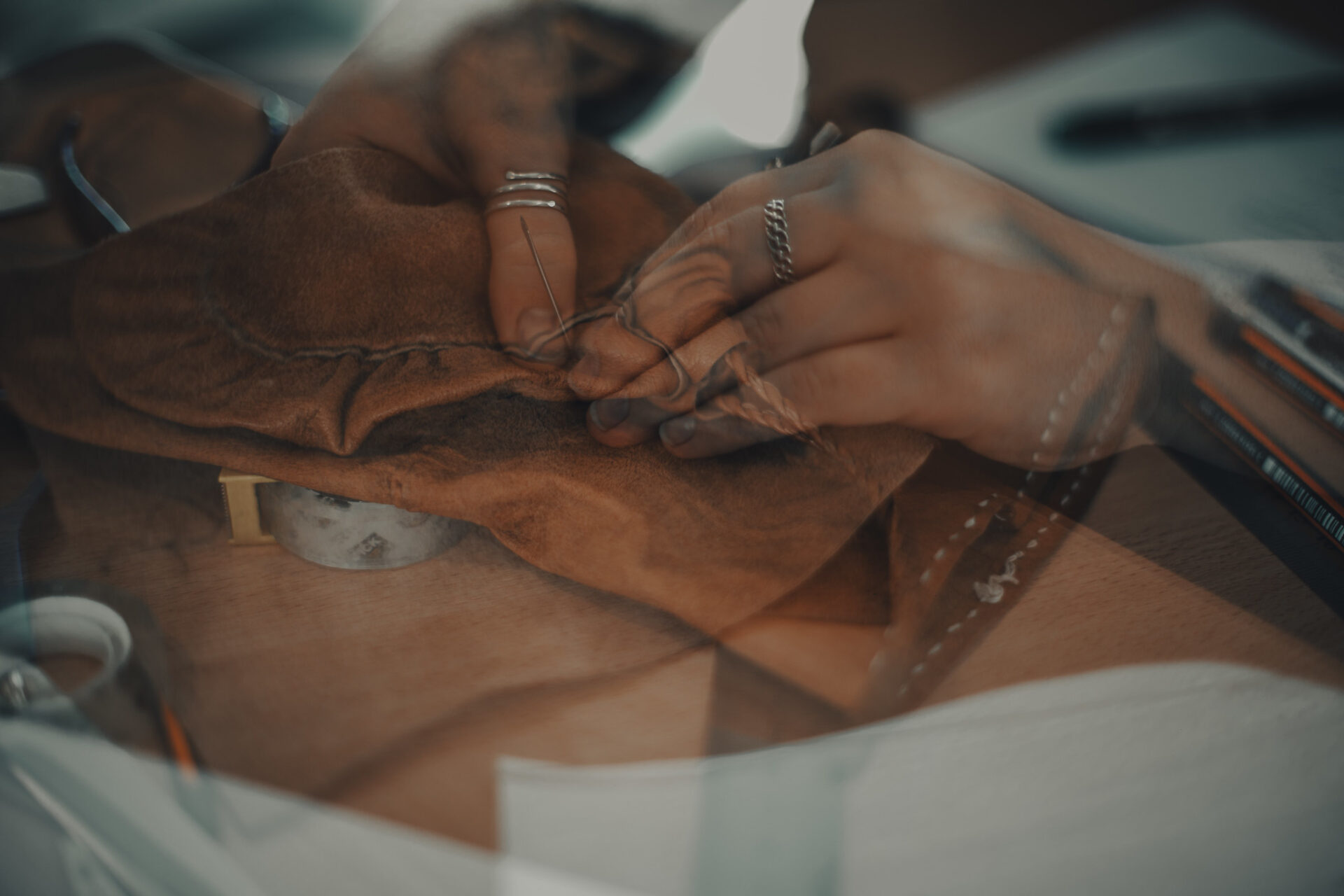
3rd Craft Symposium, from 18 to 22 March 2024 in Rauland, Norway
Seminars
On Tuesday, 19 March from 9:00 to 11:00, seminars in small groups took place. See the descriptions below.
In this seminar we will discuss spatial aspects of craft and crafting. Spatial aspects can be both material and immaterial, and influence our crafting. Such aspects are, for example:
• Certain crafts being identified with specific regions – or being more general, global
• Materialities of crafting: need of designated workshop and tools fixed in a place
• Mobility – possibilities of crafting while moving/travelling, or bringing crafts to meetings/gatherings
• Places or spaces are created by crafting
• Inspiration and/or craft material from special places or landscapes
• Virtual spaces for crafting: online communities
As preparation for the seminar, you will get some shorter texts to read and a couple of questions to work with. The questions will help you reflect on spatial aspects from your own experiences and/or knowledge of crafts and crafting.
In this seminar, we will discuss our cultural background as a living cultural heritage.
Pre-assignment: Prepare a 5-10 min presentation of your craft identity. Describe your own craft heritage through your own making and where you grew. What kind of techniques and materials were used, and what kind of products were made? What kind of skills did you learn growing up? How did your regional environment affect your crafting? You can present pictures or actual products in the seminar to others.
In our seminar, we will discuss the role of nature as a source of inspiration during the arts and crafts movement and the ripples it has created throughout time. Exploring how the arts and craft movement’s view on craft skill, sustainability, and art has developed and stayed relevant today. We look at examples from European gardens and craft design inspired by nature.
Students from each country (Finland, Sweden, Norway, Estonia) prepare a presentation (20 minutes per country) reflecting today’s situation of folk costumes in their home country:
– What is considered a folk costume?
– Who makes folk costumes and according to what principles?
– Folk costume research and communication, related organizations.
– What are the success stories related to making and wearing folk costumes?
– What are the problems associated with making and wearing folk costumes?
In this seminar, we use collage as a tool and a creative basis for idea development and discussions on social and sustainable crafting. We will use scissors, glue, and all kinds of materials to develop new ideas on what we can make as a sustainable craft, and what this can mean to each one of us.


